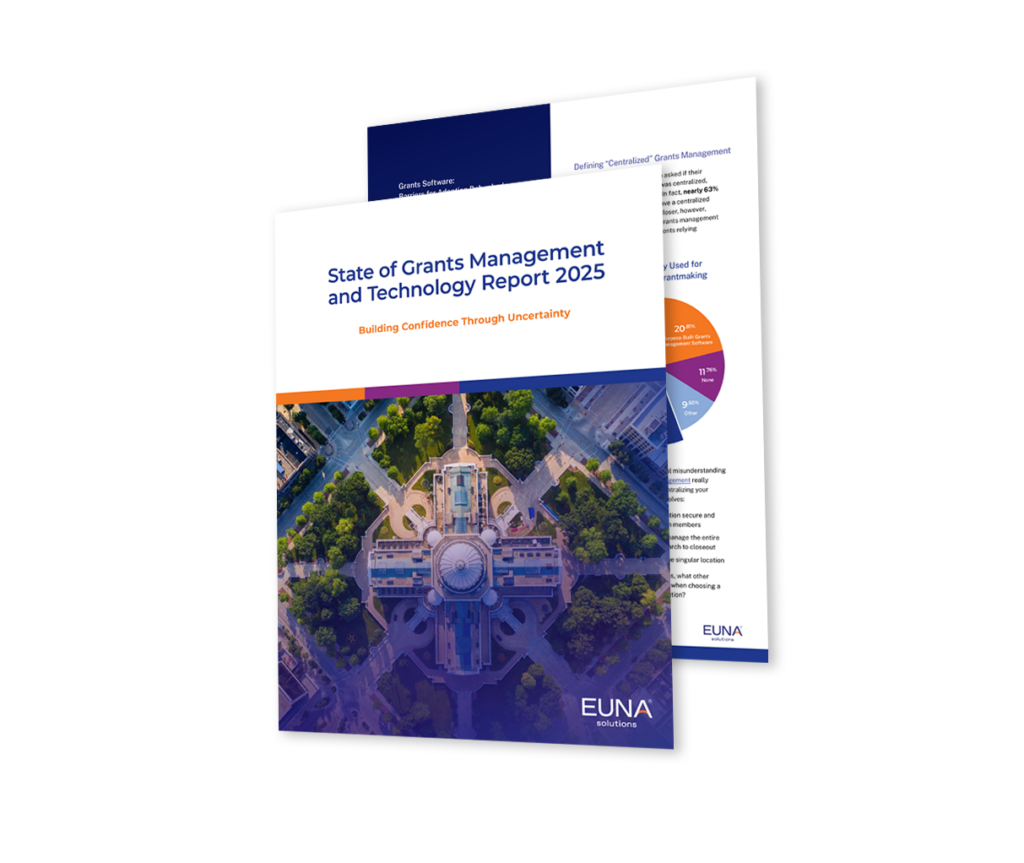Local governments don’t just create documents. They create narratives, strategies, and financial blueprints intended to inform, guide, and build trust. But too often, the delivery method gets in the way. Whether it’s an Annual Comprehensive Financial Report (ACFR), a budget book, a strategic plan, or a Capital Improvement Plan (CIP), one thing remains surprisingly common: it’s still a PDF.
And while PDFs have their place, they’re no longer enough.
The Financial Transparency Illusion
For years, “financial transparency” has often meant uploading a PDF to a website and calling it done. On paper, that checks the box. In practice, it falls short.
A 400-page budget book in static format isn’t accessible or usable to most stakeholders. Key information is buried. Navigation is clunky. There’s no interactivity, no visuals beyond static charts, and little context for a non-expert to understand what they’re reading.
Worse, the people these documents are meant to serve – elected officials, auditors, grantmakers, oversight boards, and even internal staff – often struggle to extract what they actually need.
Financial transparency isn’t just about disclosure. It’s about clarity, accessibility, and utility.
The Financial Reporting Documents That Matter Most
This isn’t just an ACFR problem. Across government, high-value financial reporting documents of all levels remain trapped in legacy formats:
- Budget Books: Intended to communicate priorities, goals, and trade-offs. But their static presentation limits their reach and impact.
- Strategic Plans: Aspirational and directional by design, but hard to engage with when locked in non-interactive formats.
- Capital Improvement Plans (CIPs): Often highly detailed, multi-year projections that would benefit from visual breakdowns, filtering, and drill-downs, not scroll-and-search PDFs.
- ACFRs: The gold standard in financial reporting, but still largely inaccessible to anyone outside the finance office unless redesigned for usability.
These financial reports are created with care and purpose. But when they’re hard to navigate, they lose effectiveness and credibility.
What Public Sector Budget Stakeholders Expect Today
The expectations around public sector financial reporting have changed. Stakeholders, from council members to credit rating agencies, don’t just want data. They want it to be easy to access, understand, and act on.
- Auditors and financial analysts want to locate precise data quickly, with links and cross-references.
- Elected officials need to explain the budget, not just approve it.
- Community leaders and watchdog groups expect transparency that invites engagement, not obstacles.
- Internal teams need documents that function as living tools, not static archives.
Static PDFs frustrate all of them.
Going Digital: The Next Step in Modern Financial Transparency
Bringing these public documents into digital, web-based formats isn’t about aesthetics. It’s about function.
A modern transparency experience means:
- Interactive tables and charts
- Clear, section-based navigation
- Contextual footnotes and explanations
- WCAG-compliant accessibility
- Mobile responsiveness
- Linkable content for easy internal and external referencing
These upgrades don’t require rethinking the content itself, just how it’s delivered.
The Future Is Already Here
Across the country, forward-looking public sector finance and administrative teams are rethinking how they share information. Treating core documents not just as compliance artifacts, but as communications tools; they’re adopting platforms that support usability, accessibility, and stakeholder trust.
Euna Solutions has developed the capability to create and publish digital ACFRs, budget books, and other key reports with ease. Learn more how Euna can help you publish digital ACFRs here.

